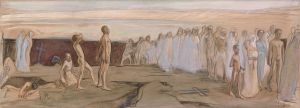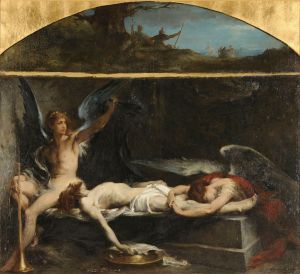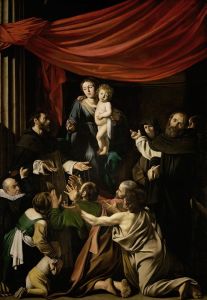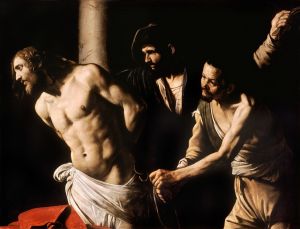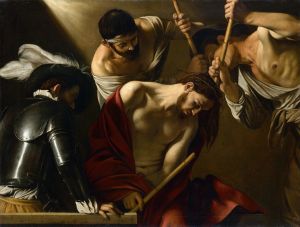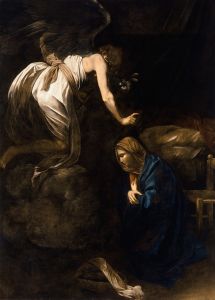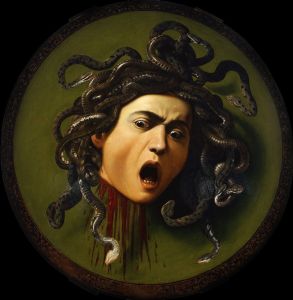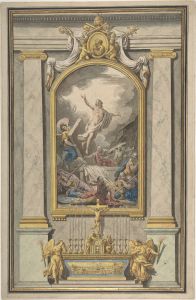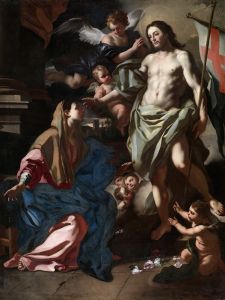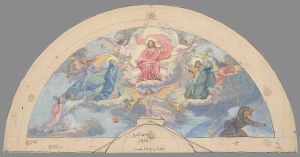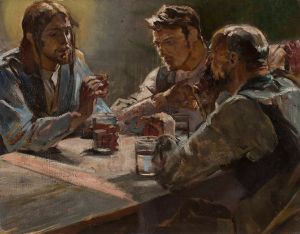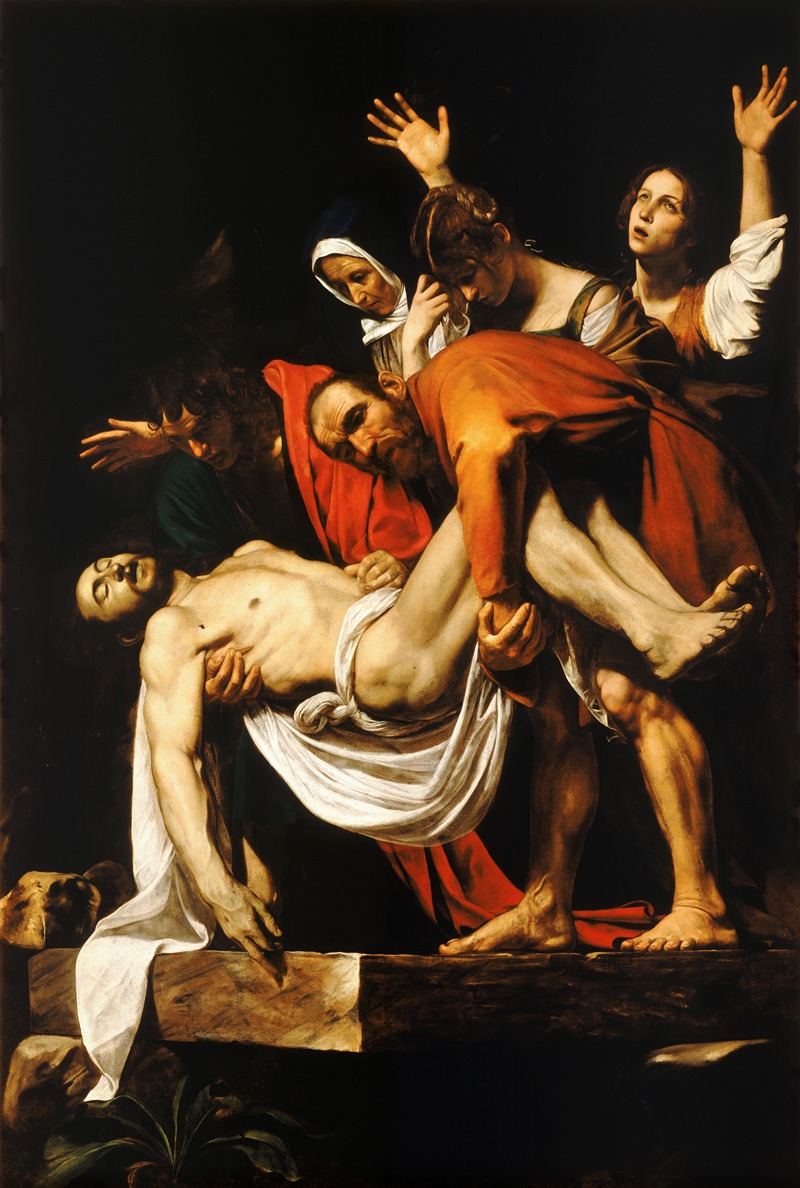
The Entombment of Christ
A hand-painted replica of Caravaggio’s masterpiece The Entombment of Christ, meticulously crafted by professional artists to capture the true essence of the original. Each piece is created with museum-quality canvas and rare mineral pigments, carefully painted by experienced artists with delicate brushstrokes and rich, layered colors to perfectly recreate the texture of the original artwork. Unlike machine-printed reproductions, this hand-painted version brings the painting to life, infused with the artist’s emotions and skill in every stroke. Whether for personal collection or home decoration, it instantly elevates the artistic atmosphere of any space.
The Entombment of Christ is a renowned oil painting by the Italian Baroque master Michelangelo Merisi da Caravaggio. Created between 1603 and 1604, the work is widely regarded as one of Caravaggio's masterpieces and a quintessential example of his dramatic use of chiaroscuro, the stark contrast between light and shadow. The painting was commissioned by the Oratorian Fathers for the Chiesa Nuova (Santa Maria in Vallicella) in Rome and was intended to serve as the altarpiece for the church's chapel dedicated to the Pietà.
The composition depicts the moment when Christ's body is being lowered into the tomb after the Crucifixion. The figures in the painting include Nicodemus, who supports Christ's legs; John the Evangelist, who cradles Christ's upper body; and the Virgin Mary, who mourns her son with an expression of profound sorrow. Mary Magdalene and another Mary, often identified as Mary of Clopas, are also present, their grief palpable in their gestures and expressions. The figures are arranged in a tightly knit group, emphasizing the emotional intensity of the scene.
Caravaggio's use of naturalism is a defining feature of the painting. The figures are rendered with remarkable realism, their physicality and emotions vividly conveyed. The artist's attention to detail is evident in the depiction of Christ's lifeless body, which bears the marks of the Crucifixion, and in the expressions of the mourners, which convey a range of emotions from despair to quiet resignation. The stark lighting, a hallmark of Caravaggio's style, heightens the drama of the scene, drawing the viewer's attention to the central figures and creating a sense of immediacy.
The painting's composition is notable for its dynamic diagonal arrangement, which guides the viewer's eye from the upper left, where the mourners' faces are illuminated, to the lower right, where Christ's body is being placed into the tomb. This diagonal movement creates a sense of depth and motion, enhancing the narrative impact of the scene. The stone slab at the bottom of the painting, which juts out toward the viewer, further reinforces the sense of immediacy and invites contemplation of Christ's sacrifice.
Today, The Entombment of Christ is housed in the Vatican Museums in Vatican City, where it continues to be admired for its artistic and emotional power. The painting has been the subject of extensive scholarly analysis and is celebrated as one of the finest examples of Caravaggio's ability to combine technical mastery with profound emotional resonance.





